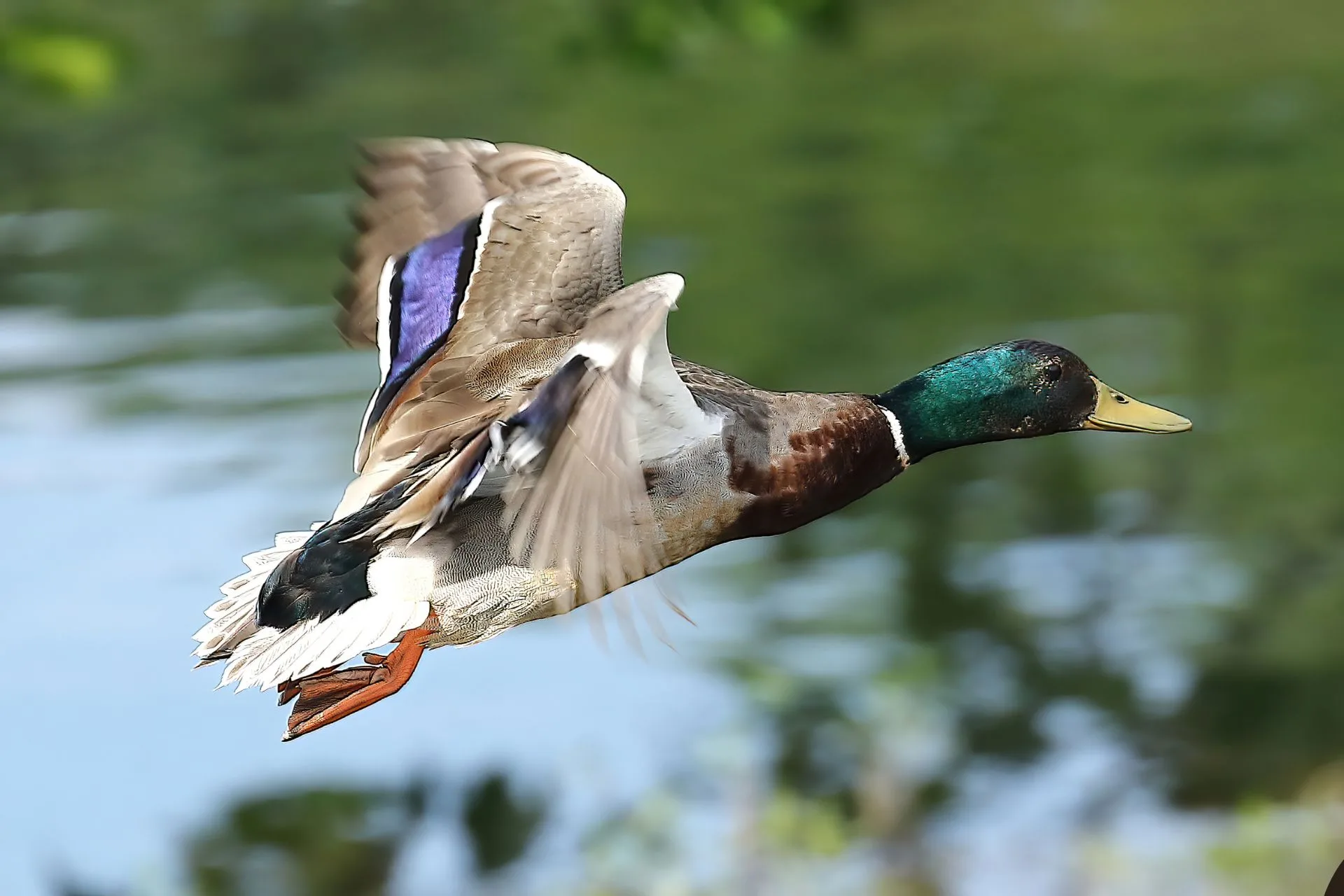HELENA – Before opening day of waterfowl season on Oct. 4, it’s a good time for hunters to be thinking about highly pathogenic avian influenza (HPAI).
While the number of HPAI cases in wild birds tends to decline over the summer, FWP has started to see some mortality of wild birds from this virus again this fall. HPAI is a naturally occurring virus that is extremely infectious and fatal to poultry and some species of wild birds. It was first detected in wild birds and domestic poultry in Montana in spring 2022.
“We’ve been seeing impacts of this virus for three years now, so we want to make sure people are still aware,” said Jennifer Ramsey, FWP wildlife veterinarian. “This HPAI outbreak is different from those we’ve experienced in the U.S. in the past. This virus has a broader host range, not only affecting birds, but also a variety of mammals and even some humans. The duration of the outbreak is also unusual.”
FWP is monitoring the situation by testing wild birds that display symptoms consistent with HPAI infection. Symptoms include respiratory distress, weakness, lack of coordination, seizures and death, but infected birds are usually simply found dead.
Some waterfowl species carry and transmit the virus without developing symptoms. Other wild bird species are highly susceptible and are likely to die from infection. In Montana, various duck species are most likely to carry the virus without symptoms, while geese and raptors have been the most common wild birds to die from the virus. The virus is also highly fatal to domestic poultry, including chickens, ducks and turkeys.
HPAI has also been detected in several species of wild mammals across the U.S., and domestic cats and dairy cattle in some states. HPAI has not been yet detected in cattle in Montana
Human infections with bird flu viruses are rare but can occur, usually after unprotected exposure to an infected animal or contaminated environment. While most human cases in the U.S. have resulted from exposure to infected dairy cattle or poultry farms, a small number of cases have resulted from either unknown or other animal exposure.
Although the CDC considers risk of HPAI spread to the general public to be low, Montanans should take precautions when handling harvested game birds or any sick or dead bird they find. Whenever possible, avoid contact with sick or dead wildlife. Even if a bird is not suspected to have died from a contagious disease, gloves should always be worn if a dead animal must be handled for disposal.
Raptors are susceptible to HPAI and are typically exposed by eating infected birds. Falconers should consider avoiding hunting and/or feeding wild birds, particularly waterfowl to their falcons during the outbreak. Enhanced biosecurity practices, cleaning and limiting contact with wild birds or birds from other facilities is also warranted. Sick falcons should be promptly reported to a veterinarian and be quarantined from other birds in the facility.
Bird hunters should follow these simple precautions when processing or handling wild game:
- Do not harvest or handle wild birds that are obviously sick or found dead.
- Keep dogs away from sick or dead waterfowl, and do not feed raw scraps to dogs.
- Wear disposable latex or rubber gloves while cleaning game or cleaning bird feeders.
- Clean game birds outdoors in a well-ventilated area.
- Do not eat, drink or smoke while cleaning game.
- Avoid contact between people, equipment and materials that have been in contact with wild birds and backyard poultry flocks to avoid bringing the virus back to your flock.
- Wash hands with soap and water or alcohol wipes immediately after handling game or cleaning bird feeders.
- Wash tools and work surfaces used to clean game birds with soap and water, then disinfect with a 10 percent solution of chlorine bleach—one part chlorine bleach to 10 parts water.
- Separate raw meat, and anything it touches, from cooked or ready-to-eat foods to avoid contamination.
- Cook game meat thoroughly to an internal temperature of at least 165°F.
Poultry owners should maintain separation between wild birds and domestic poultry. Bird feeders should not be kept near poultry and should be cleaned regularly with a 10 percent bleach solution. Disposable gloves should be worn when cleaning bird feeders.
For more information on AI in wild birds, visit fwp.mt.gov/conservation/diseases/avian-influenza, or visit the USGS website at www.usgs.gov/centers/nwhc/science/avian-influenza-surveillance. For information on HPAI in humans, visit the CDC website at www.cdc.gov/bird-flu/prevention/hpai-interim-recommendations.html.
-fwp-



